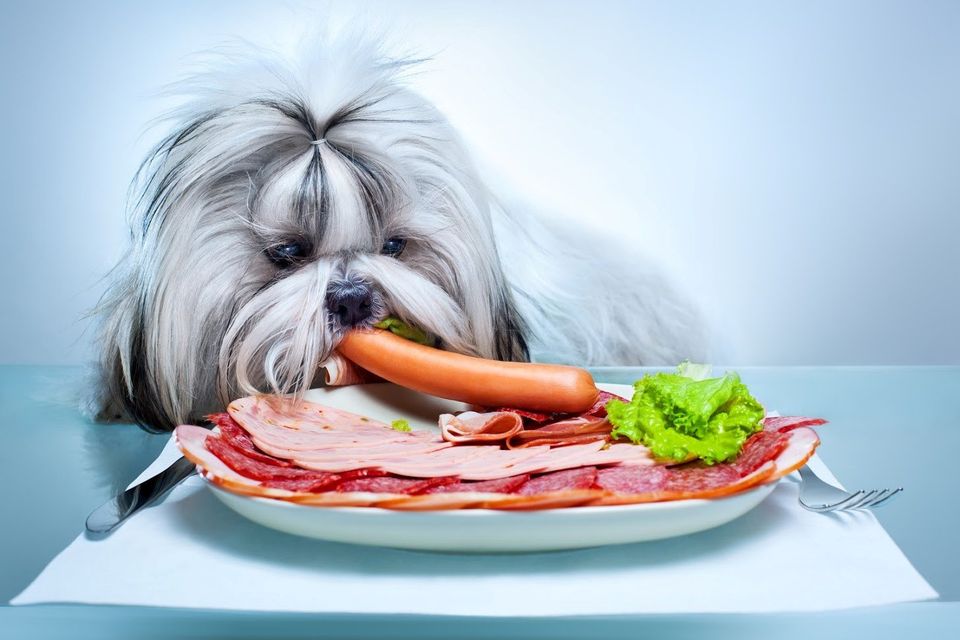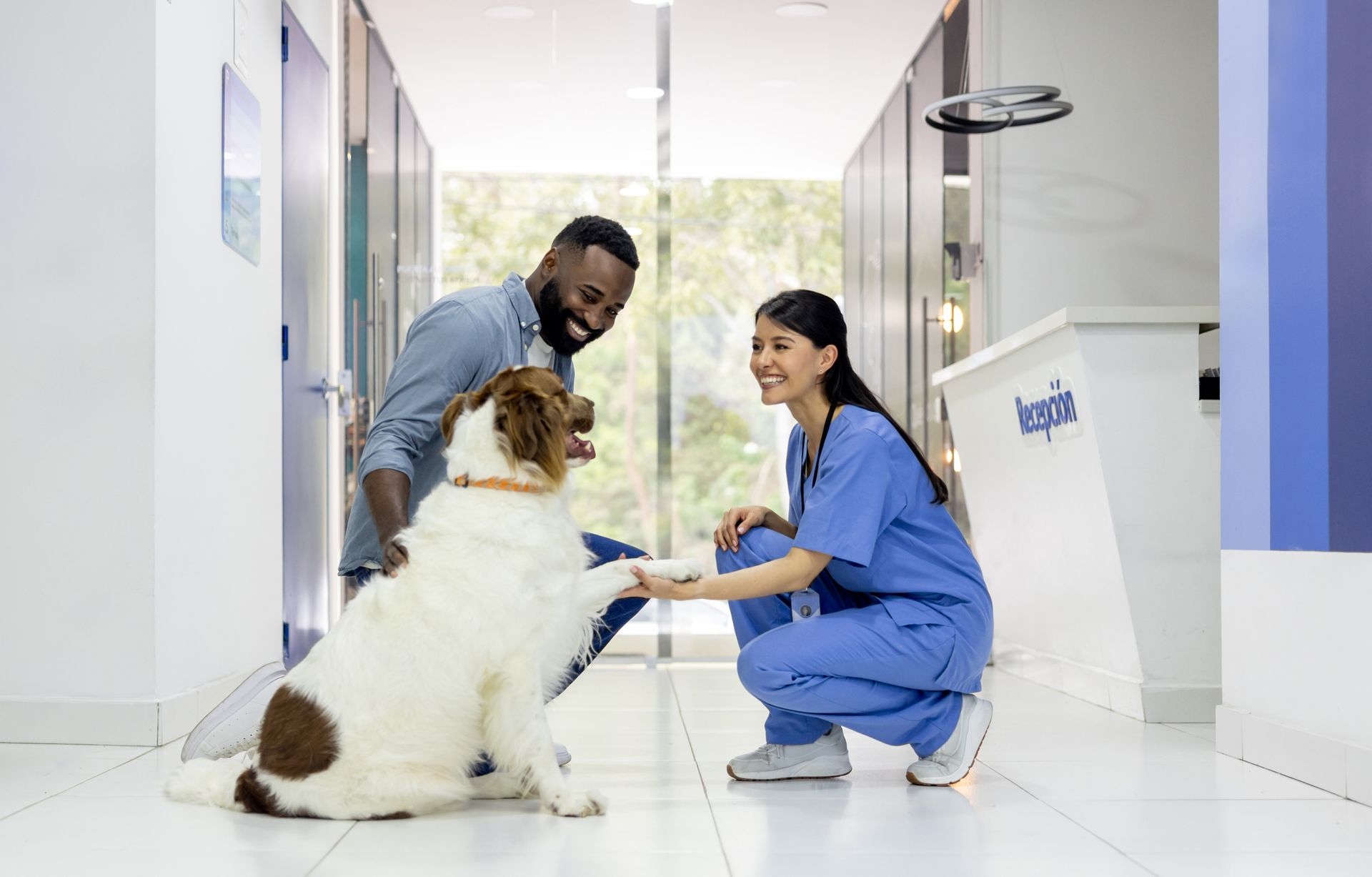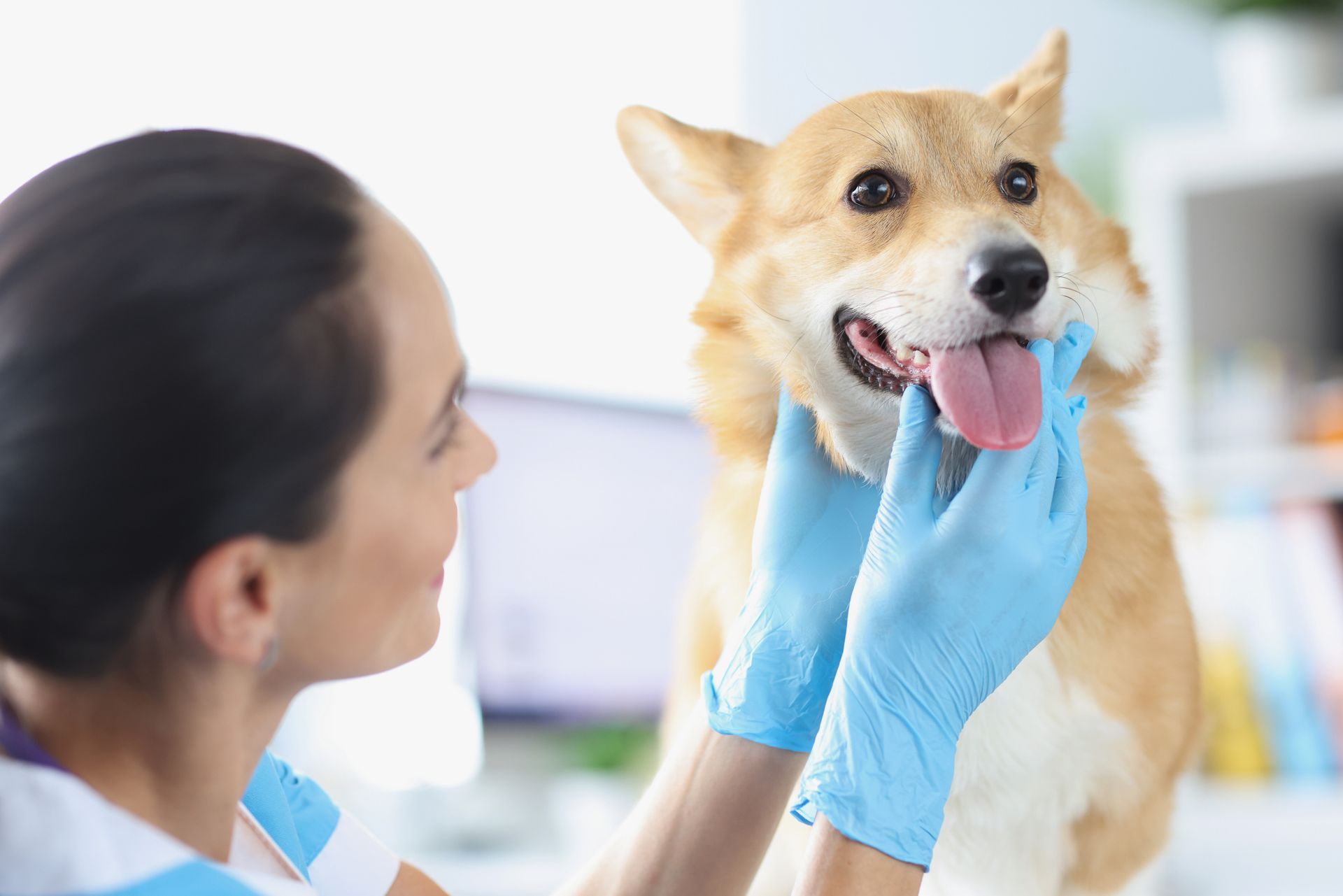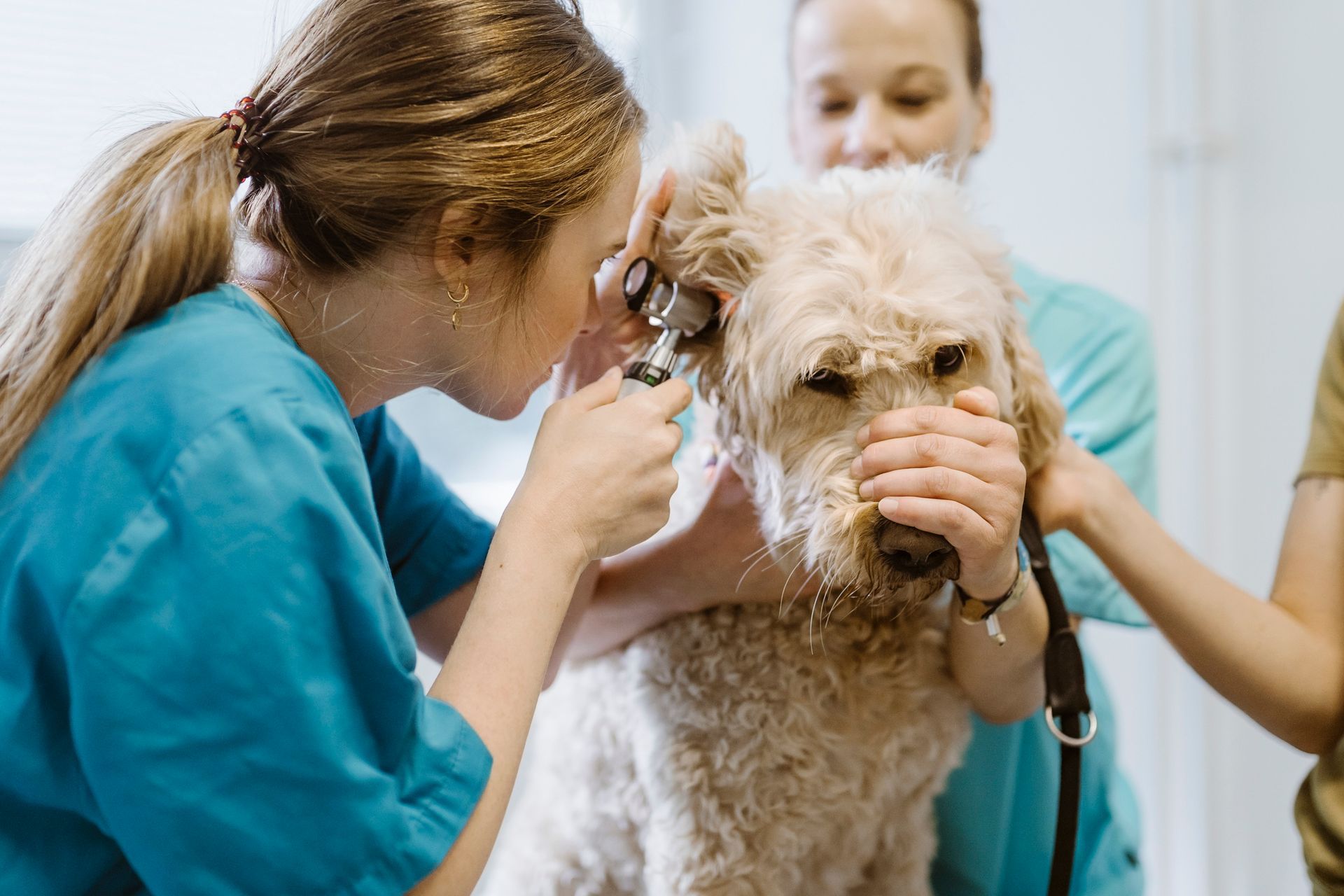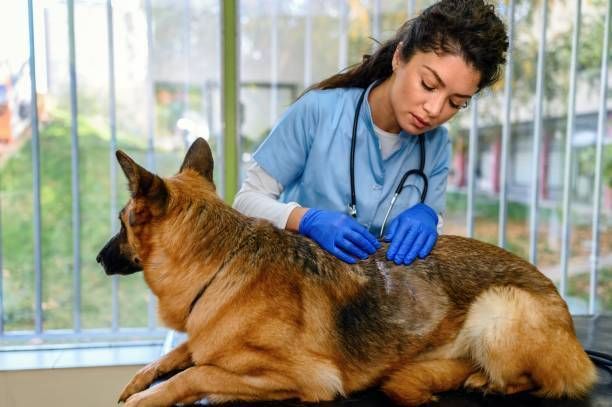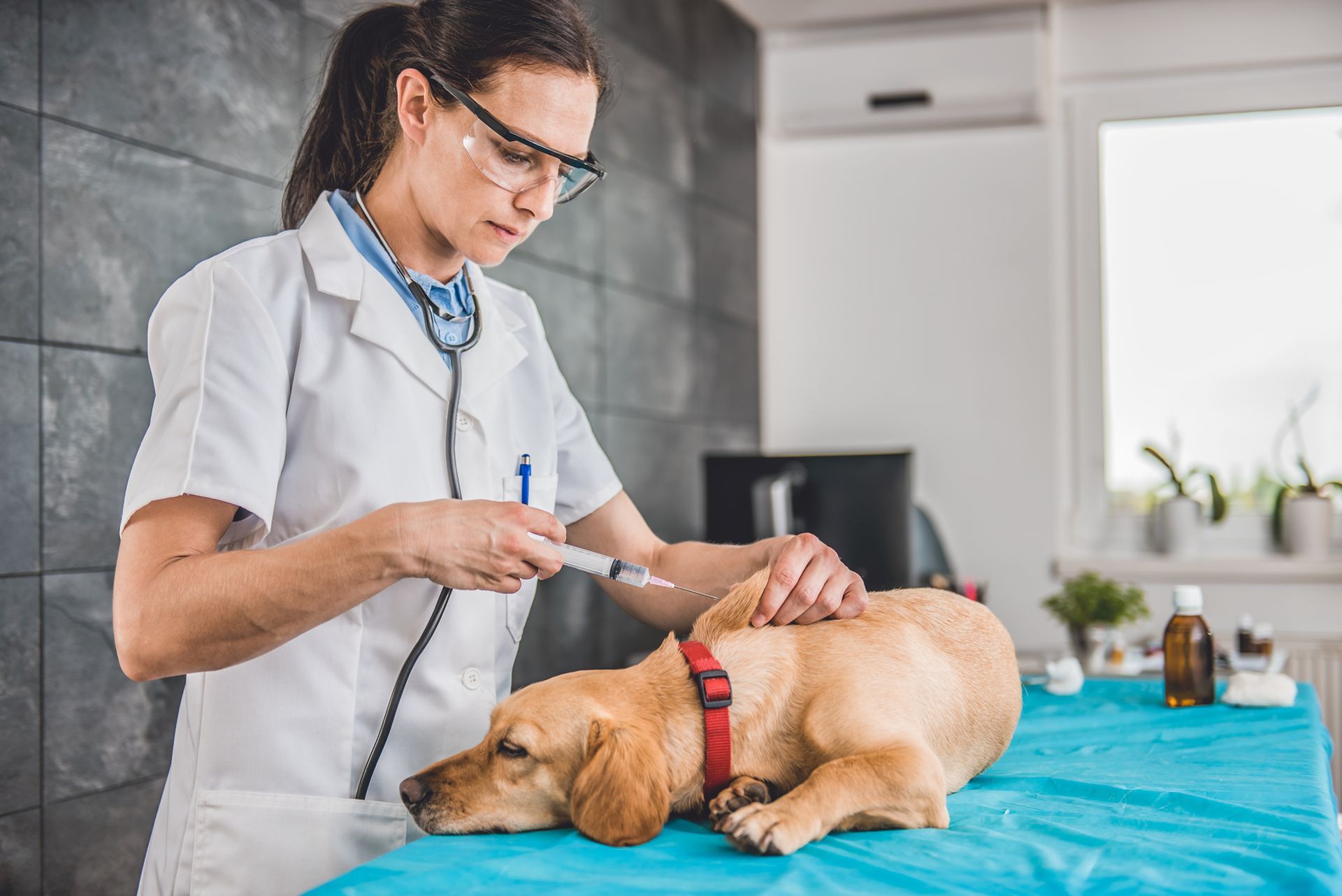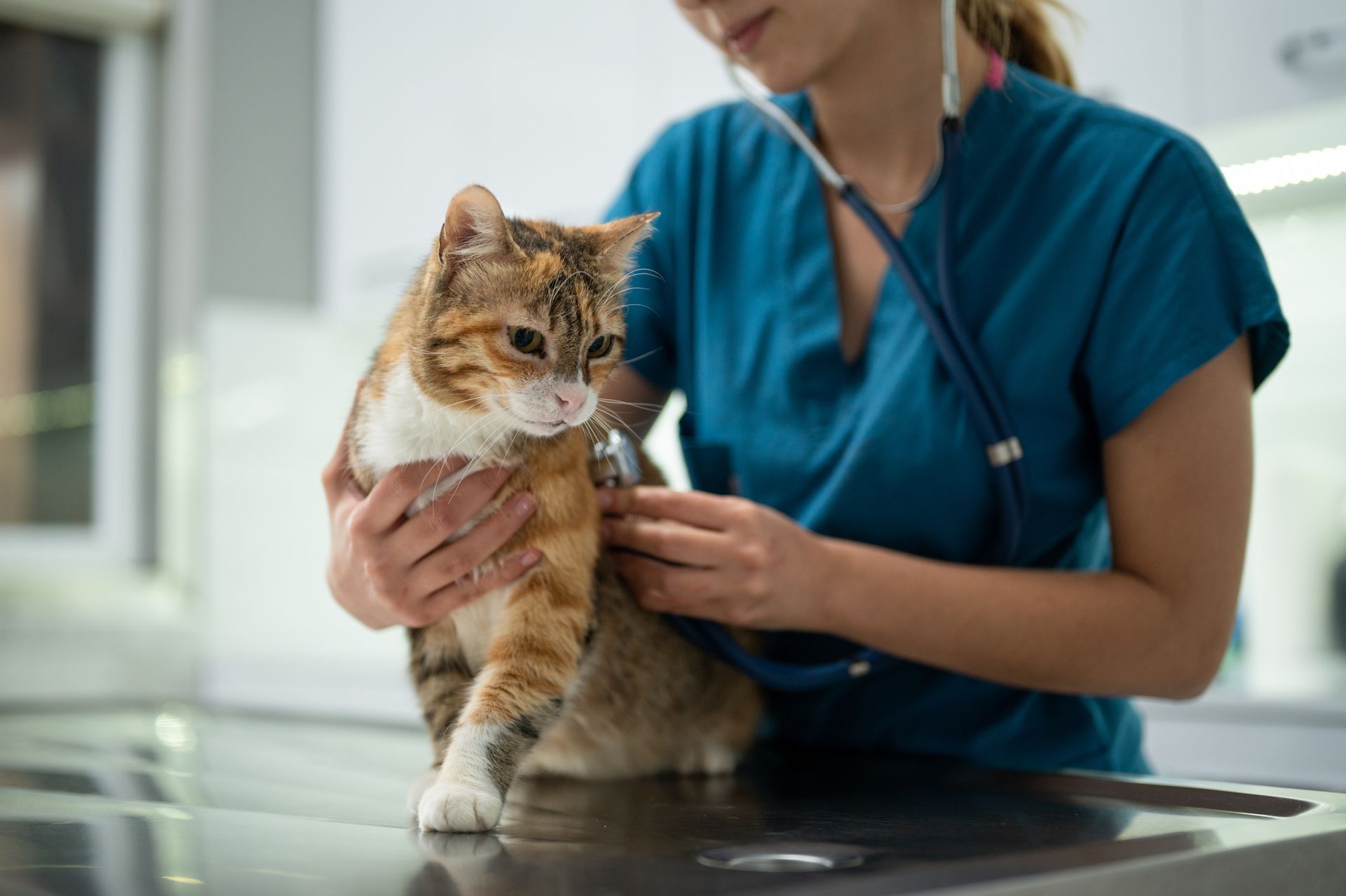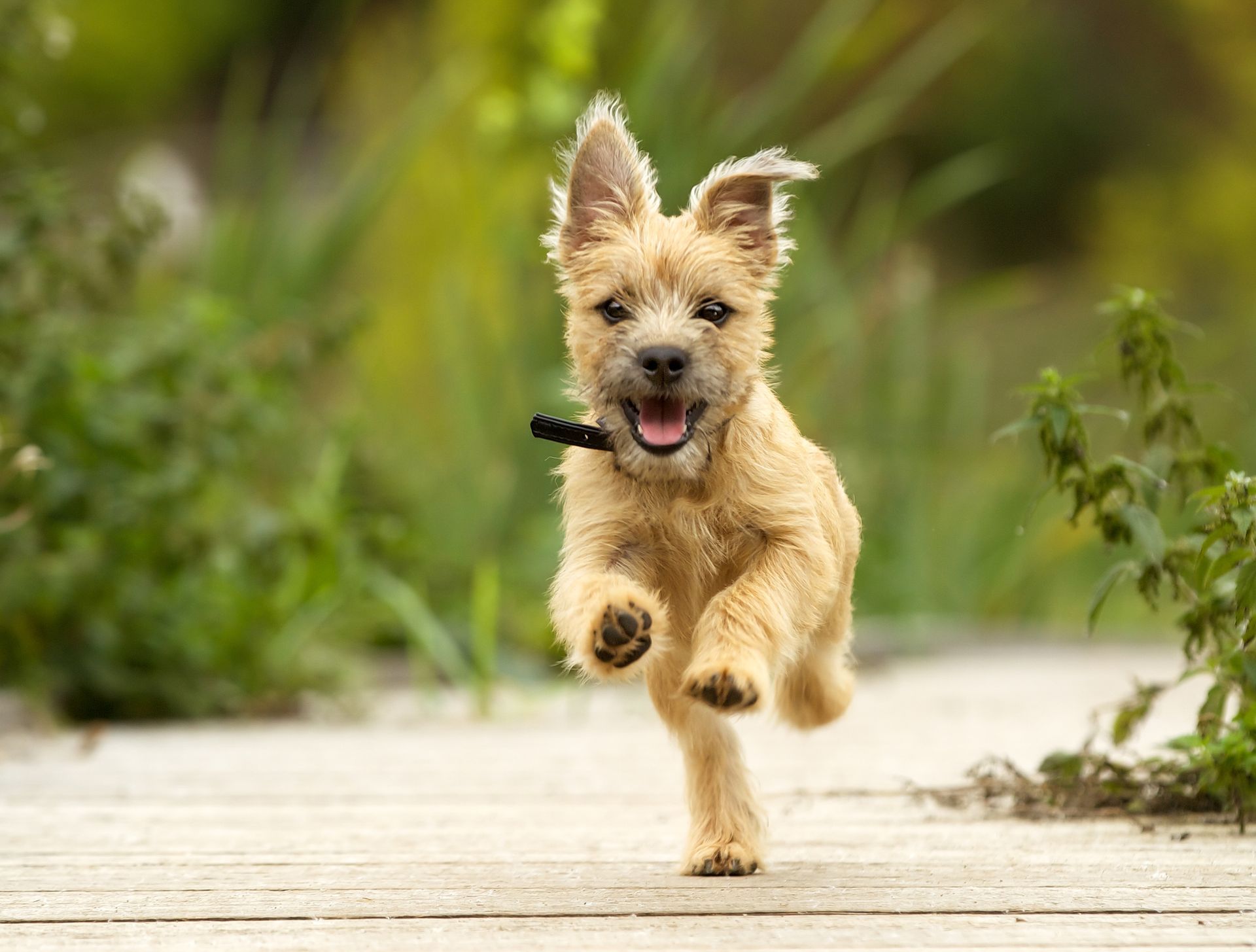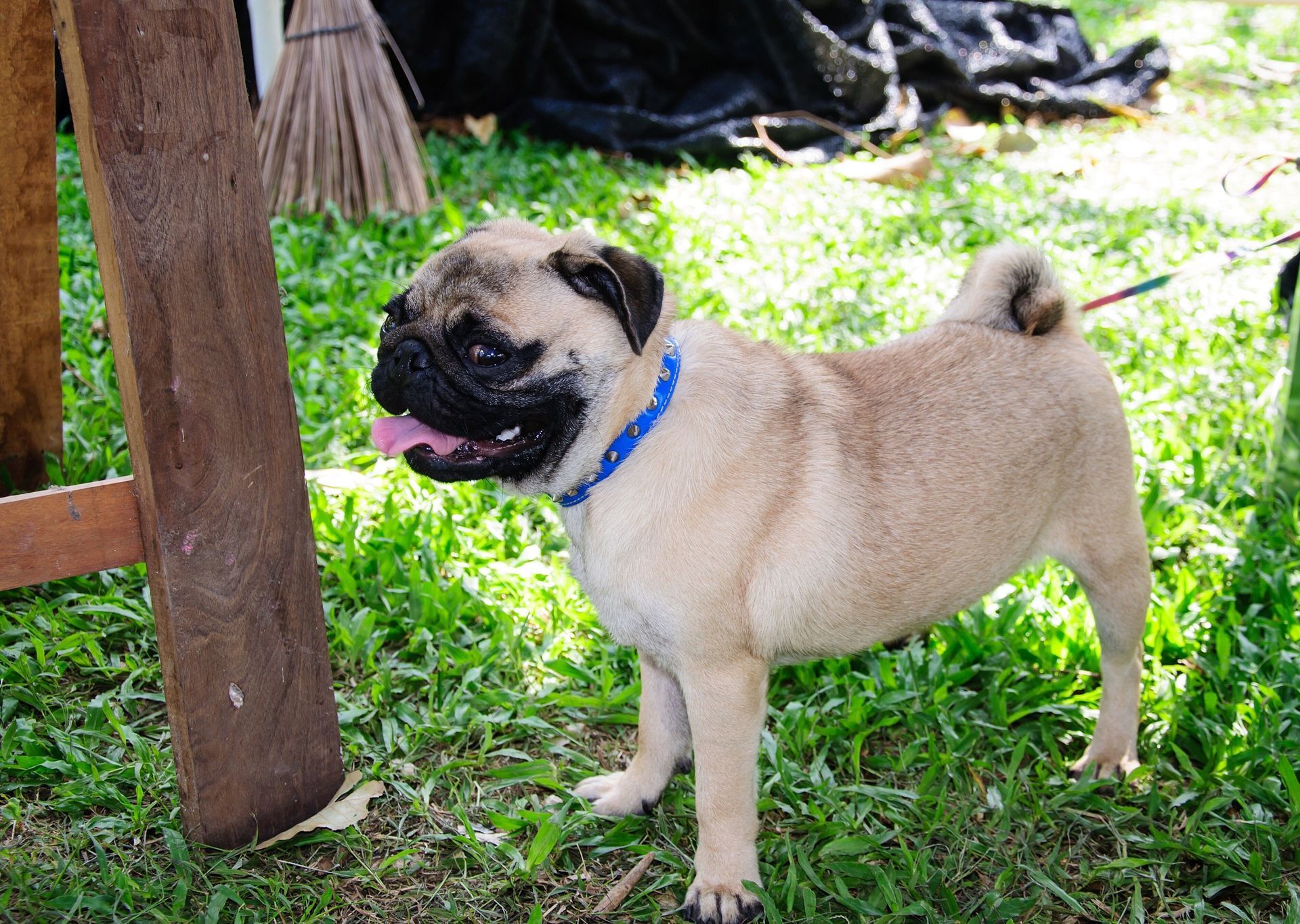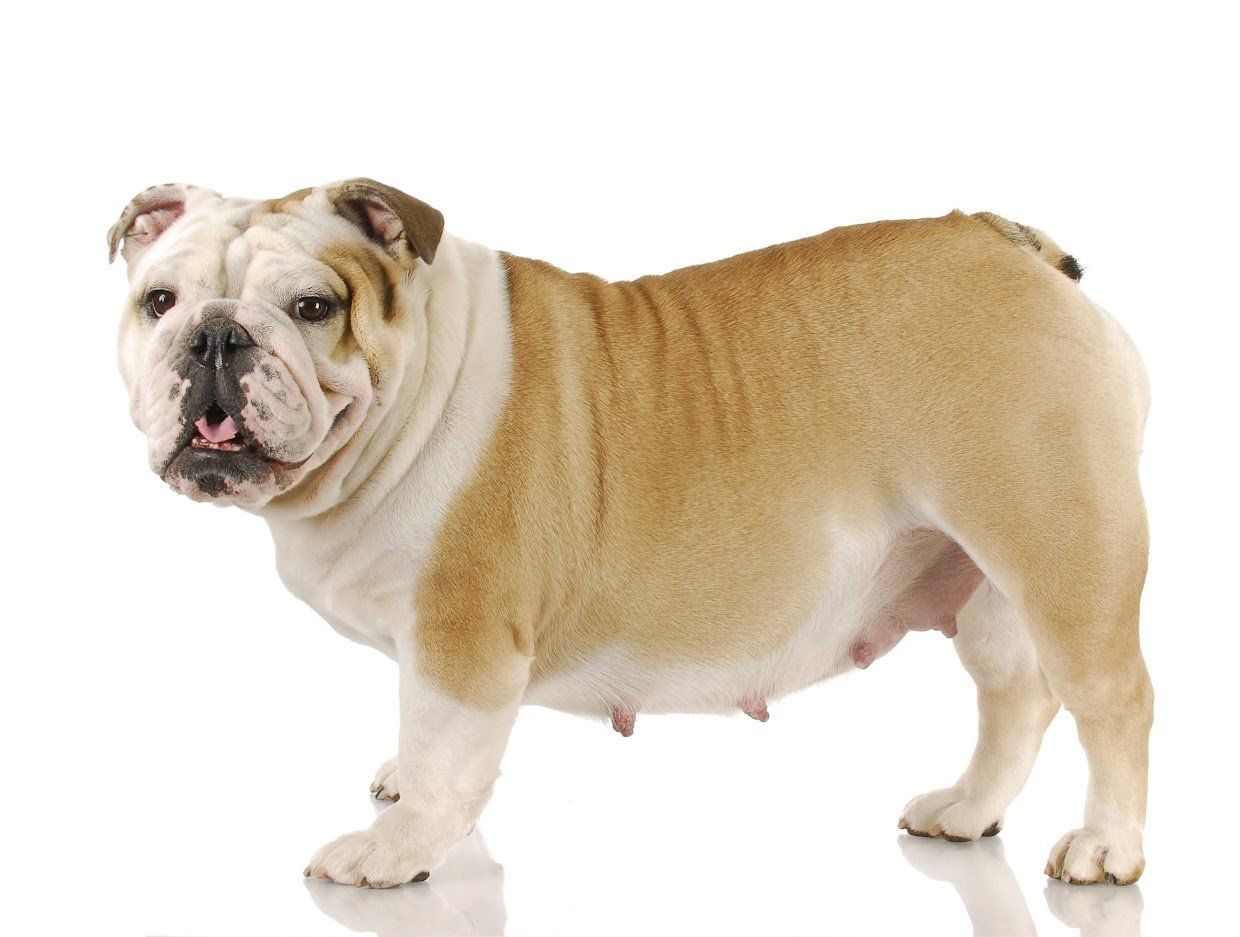4 Do’s and Don'ts to Help Your Canine Lose Weight
Has your furry friend been packing on the pounds? Being overweight can have negative effects on dogs, just as it does on humans. If you believe your dog is overweight, schedule an appointment with your veterinarian, who can inform you of the ideal weight for your dog and how to achieve it. Also, consider the following tips for helping your canine companion slim down for optimal health and quality of life.
1. DO Seek Advice From the Veterinarian
Before you make drastic changes to your dog's diet or daily routine, it's a good idea to head to the animal hospital for a canine evaluation and examination. In addition to performing a physical exam, the vet might want to check for signs of disease that could be contributing to your pet's weight gain. The vet might suggest tests and blood work rule out medical conditions such as diabetes or thyroid issues.
While you are at the animal hospital or clinic, ask your vet how much weight your dog needs to lose. You might want to purchase a scale that can measure your dog's weight accurately. The veterinarian might recommend a special diet for your pet, as well as suggestions on how to control your dog's weight. Your vet might tell you to measure your dog's food and the vet may tell you how to do so.
2. DON'T Leave Food Out 24 Hours a Day
Leaving your pet bowl out all day or replenishing it with food for your dog to binge on isn’t a good idea. If your dog is allowed to eat at all times throughout the day, weight gain will be an issue. Instead, feed your dog a meal at a designated time each day.
Allow a set time of about a half hour for your pet to eat. Take away any uneaten portions and don’t refill the bowl until the next scheduled meal. At the same time, do leave water available for your pet at all times.
3. DO Encourage Your Pet to Exercise
A dog that is left to lounge around all day and live a sedentary lifestyle may quickly put on weight. If you are trying to help your pet lose weight, you need to incorporate exercise into the daily routine.
If your dog has been inactive and not accustomed to daily exercise, begin slowly. It is best to gradually work up a daily exercise routine. You might start off by taking your dog for longer daily walks. Play with your dog in the yard or at the park. Toss a Frisbee around or play fetch with some toys.
Once your pet becomes used to a more active lifestyle and loses some excess weight, amp up the exercise routine a bit. You might take your dog swimming with you or out hiking. Learn which activities your pet seems to enjoy the most and go for it.
Watch out for signs of over-exertion, however. If your dog is panting heavily or appears uncomfortable, slow down and stop. Always offer your pet fresh water after exercising.
4. DON'T Invite Your Dog to Dinner
When it's time for dinner, don't invite your dog to join you at the table. Begging for food may become a daily habit that can lead to weight gain for your pet. When you and your family sit down for a meal, don't allow your dog access. It is best to place your dog in another room to avoid the puppy-dog eyes that beg for tidbits of fattening food.
As a general rule, always seek approval from your veterinarian before altering your dog's diet or initiating an exercise routine. Senior dogs or those with medical conditions might have special requirements.
